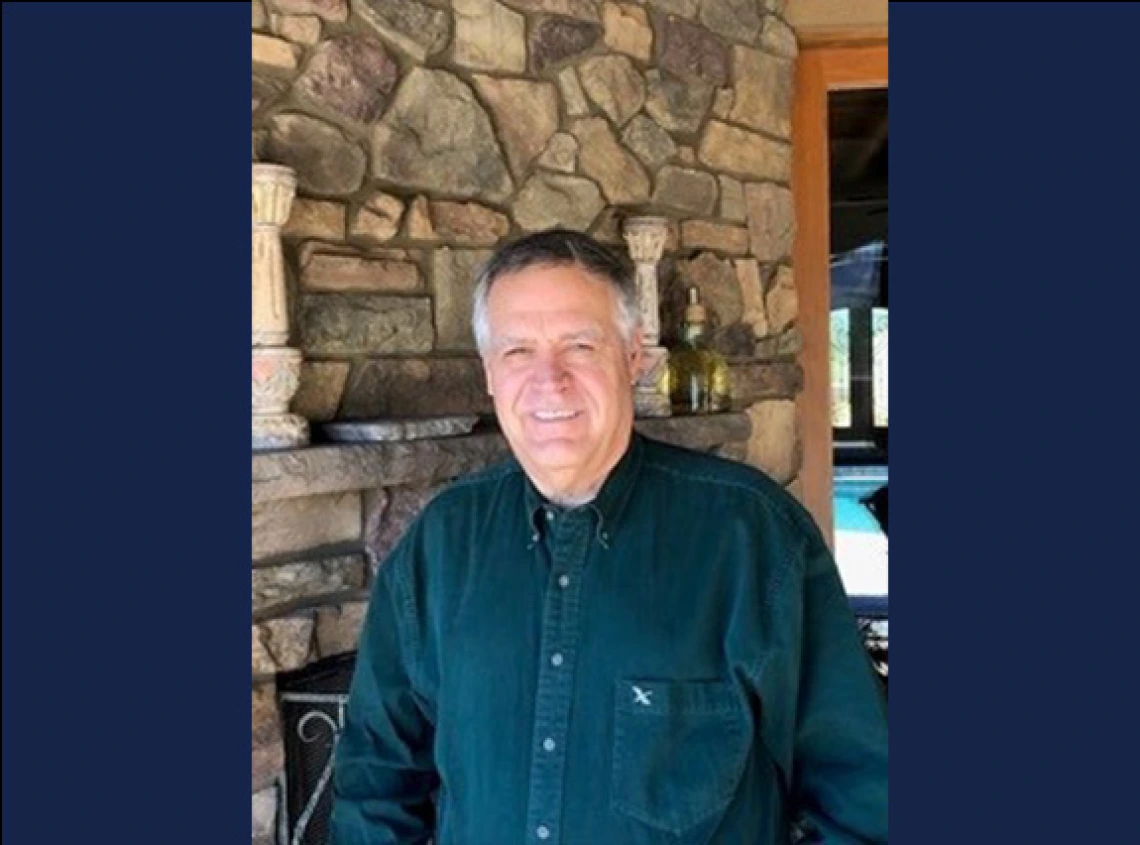One-on-One with Mentor Mike Madjerec

Mike Madjerec is a first-time Interdisciplinary Capstone mentor who previously volunteered as a project reviewer. He earned a BS in manufacturing technology and supervision from Northern Arizona University and an MBA from the University of Phoenix. He retired from Raytheon, which was Hughes Aircraft when he began his 35-year career. Madjerec worked in areas of the company ranging from project and process engineering, to manufacturing engineering, to engineering development and business development.
What inspired you to become a mentor?
After I retired in 2017, I volunteered at a local grade school helping students with math, reading and science. I especially enjoyed working with students who were struggling and seeing them improve. Becoming an Interdisciplinary Capstone mentor, and working with talented engineering students who are about to enter an exciting career, is an equally rewarding experience.
What is your personal experience of having a mentor? How did it help you?
My father was a great mentor and role model who provided me with strong character and work ethic values at an early age.
I have had several additional mentors through the years who provided support that guided my education and career paths. Without their help, guidance and encouragement, my career would likely not have been successful. All the mentors who supported me were always eager to help and motivate me to take on challenging roles that opened doors during my career. I owe so much to the mentors that helped me meet and work with talented people. I will always be grateful.
How does being on a mentored design team help students in the professional world?
The Engineering Design Program offers students a chance to work with multiple engineering disciplines at the University of Arizona, which mimics the real world. The design team applies the engineering design process to a real design problem, gaining insight into what is required to design, fabricate, test and deliver a final product.
The Engineering Design Program allows students to experience understanding customer/sponsor requirements, brainstorming design ideas, creating conceptual designs, conducting analysis, and prototyping and testing before final product delivery. In addition, it enables students to work in a teaming environment to solve engineering problems and manage time, resources and budgets. ENGR 498 also helps students develop soft skills such as preparing technical presentations and leading procurement processes.
What’s your favorite team or project you have mentored, and why?
It is difficult for me to cite a favorite project, as all of the projects and project teams are excellent. I have mentored many interns as well as early career engineering employees on complex engineering development projects. On several occasions the employees I mentored were recognized for their work by company leadership and customers. Many of those individuals have become great friends and are very successful engineers and program managers today.
Describe an aha! moment you experienced while mentoring a design team.
On the second day of class for Engineering 498A, I shared a case study on the 1986 Challenger accident. I was surprised how many of the students were not aware of the accident, with only one student who was alive when the accident occurred.
I used the case study to emphasize the importance of good engineering design and communication. The discussion highlighted some of the pressures that engineers may face from people or organizations that may not fully grasp the significance of technical details or the consequences of a non-compliant requirement.
My message to the engineering students was to never let designs or projects proceed if a requirement is in doubt, regardless of pressures to do otherwise. In the case of the Challenger incident, lack of understanding the impact of a critical design element resulted in the tragic loss of life.
What advice would you offer to others considering mentoring a design team?
What are you waiting for? What a great opportunity to share your real-world experiences with talented multidisciplined engineering students. I have also found mentoring and interacting with students helps me keep current with advancements in technology. I admit there were several instances where I have had to crack open an old textbook or do some internet searches as refreshers on some of the ENGR 498 topics, which I found enjoyable. It was like taking a walk down memory lane after 40+ years.
How do employers benefit when they hire students who have been on a mentored senior design team?
Employers gain newly hired engineers who have demonstrated real-life applications of engineering design. These employers will be able to place engineers who are better prepared, focused in engineering discipline, able to provide solutions to design problems or projects, and have the ability to work quickly in a teaming environment.
Tell us something about yourself that people might be surprised to learn.
One of my career highlights was receiving a U.S. patent in 1996. It was for a process I developed for Hughes Aircraft that saved the company hundreds of thousands of dollars in rework and scrap costs.
Also, I have always been an outdoors person. I have many hobbies that keep me busy since my retirement, including welding, woodworking, cooking and restoring classic cars. I’m currently building a 1968 Ford Bronco. I love animals and originally wanted to be a veterinarian. My wife and I like to entertain friends and family, go camping and take off-road trips on ATVs.
What else would you like us to know?
I am honored to be a part of this program and hope that in some small way I helped these talented students move on to challenging and rewarding careers.

